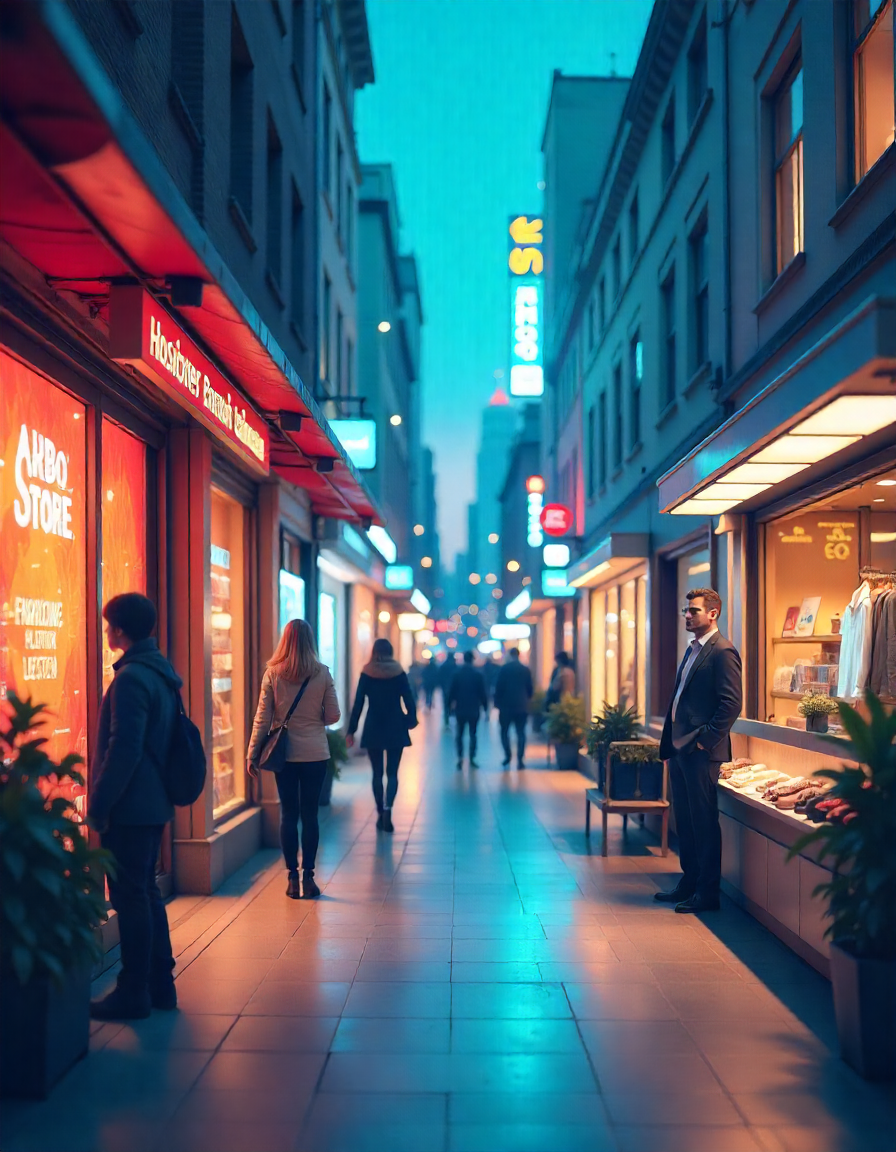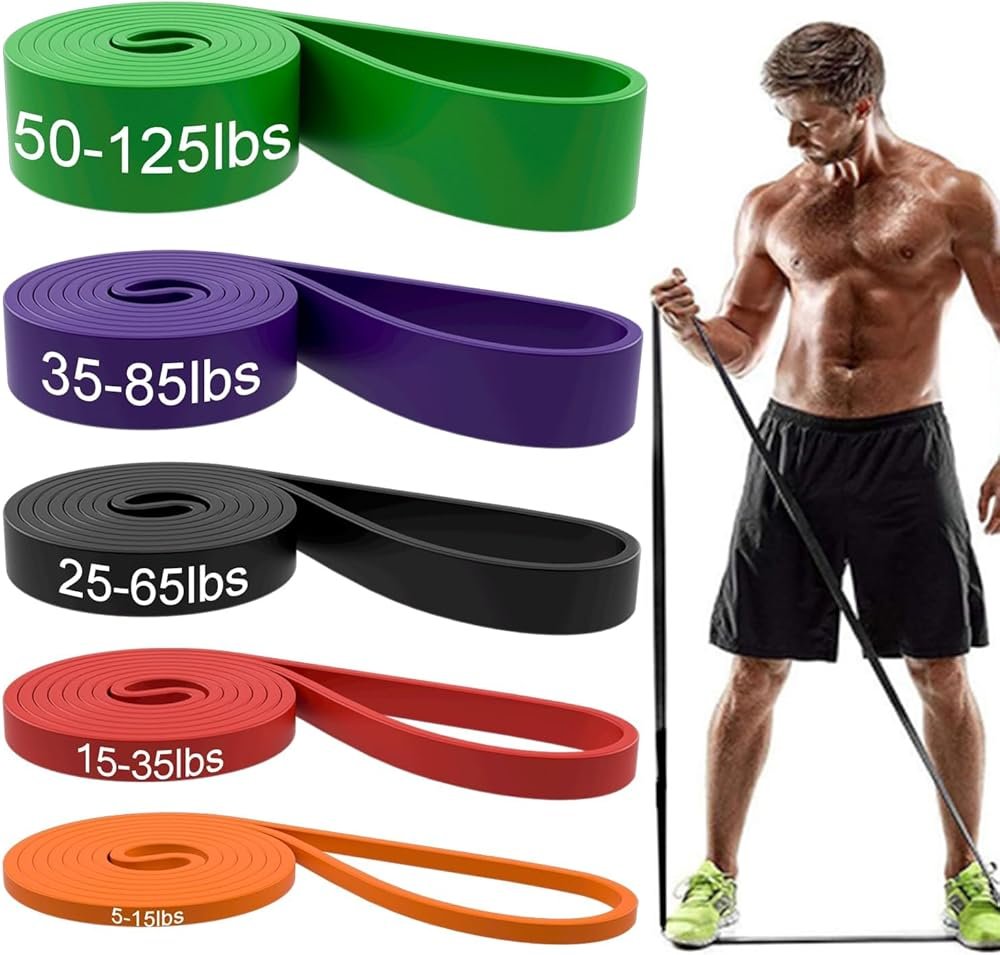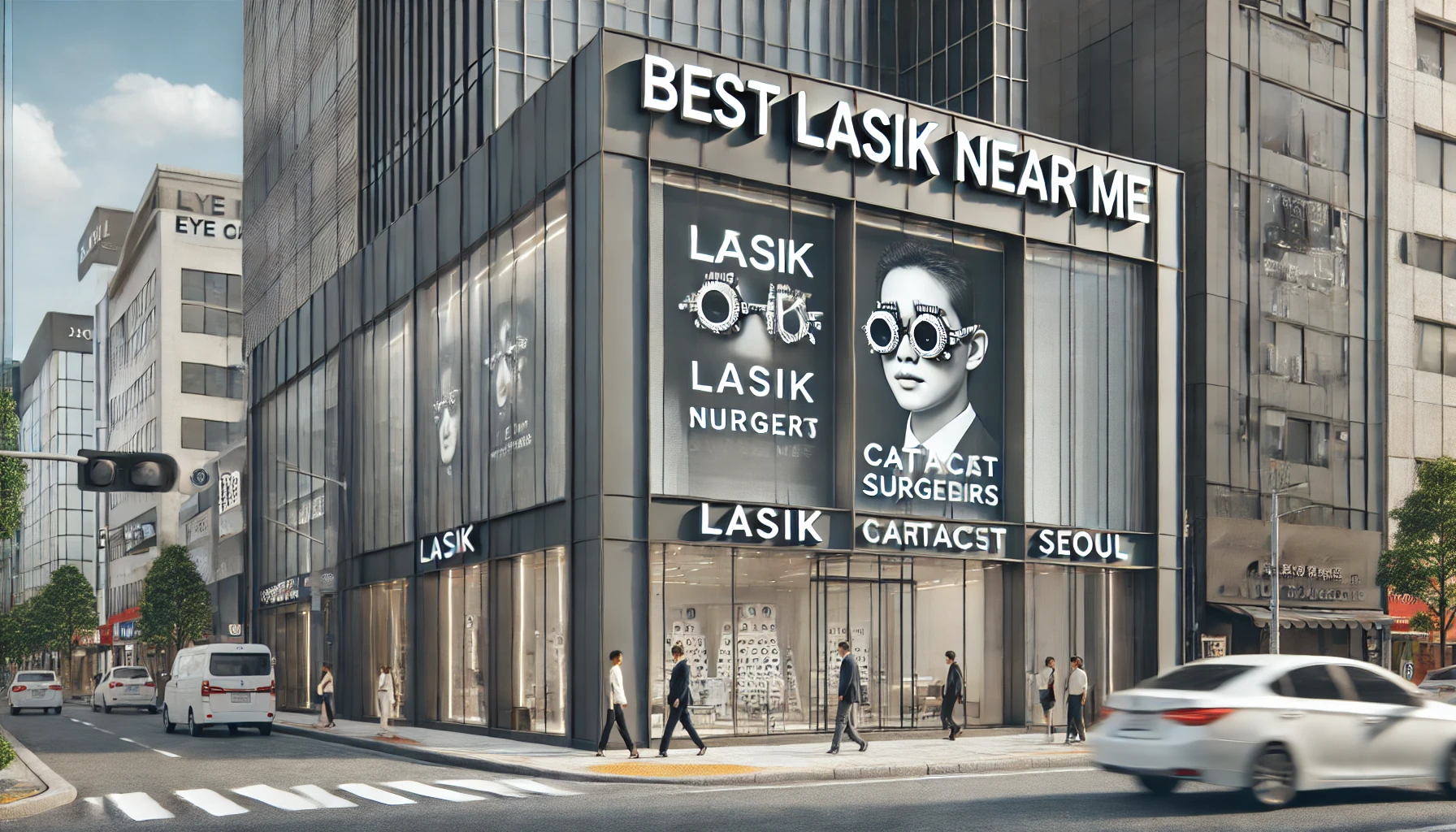Over the past decade, the way people shop has changed dramatically, thanks to the explosive growth of e-commerce. With just a few clicks, customers can order anything from clothing to groceries and have it delivered right to their doorstep. This shift, fueled by technology and changing consumer habits, has turned the business world upside down—especially for traditional retail stores that have long relied on physical locations to draw in crowds. So, what does this mean for the future of shopping? Let’s dive into how e-commerce is reshaping the retail landscape, the hurdles it creates for brick-and-mortar stores, and the ways businesses can stay ahead of the curve.
Why E-commerce Is Taking Over
E-commerce has become a powerhouse for a reason—it’s a win-win for both businesses and shoppers. For companies, going online opens doors to customers far beyond the reach of a single storefront. A small boutique in a rural town can now sell to people across the country or even the world, all without needing a physical presence in every market. Plus, running an online store often costs less than maintaining a physical one. There’s no rent to pay, no utilities piling up, and in some cases, no need to stockpile inventory in a warehouse.
Shoppers, meanwhile, can’t get enough of the ease that comes with online buying. Picture this: it’s late at night, you’re in your pajamas, and you realize you need a new pair of shoes. No need to wait for the mall to open—you can browse dozens of options, check reviews, and place an order without leaving the couch. That kind of flexibility, paired with the ability to compare prices across multiple sites, makes online shopping hard to resist. And it’s not just about convenience; many platforms now use smart tools to recommend products based on what you’ve looked at before, making the experience feel tailored just for you.
The Struggle for Traditional Retail
But as e-commerce soars, traditional retail is feeling the heat. Walk into a shopping center these days, and you might notice fewer people milling around than you’d expect. That’s because more folks are choosing to shop from their phones or laptops instead of heading out to stores. This drop in foot traffic hits retailers hard, especially in industries like clothing, gadgets, and home decor, where online options are plentiful and often cheaper.
For many store owners, keeping up with this trend isn’t as simple as slapping a website together. Setting up an online shop takes money and know-how—think building a user-friendly site, running digital ads, and figuring out how to ship products efficiently. Smaller businesses, in particular, might find it tough to match the speed and scale of big players like Amazon, which can deliver items in a day or two thanks to their massive logistics networks.
On top of that, customers today want more than just a place to buy stuff. They expect a smooth blend of online and in-person shopping—maybe ordering something online and picking it up at the store, or returning an online purchase in person. Pulling this off means rethinking how physical locations and digital systems work together, which can be a logistical nightmare for retailers who’ve spent years focused on the in-store experience alone.
How Traditional Retailers Can Fight Back
The good news? Traditional retailers aren’t out of the game yet—they just need to get creative. One way to stand out is by playing to the strengths that online stores can’t touch. Think about what makes walking into a shop special: chatting with a knowledgeable salesperson, trying on a jacket before you buy it, or attending a launch party for a new product. Stores that turn shopping into an event—something you can’t get from a screen—can pull customers back through the doors.
Another smart move is blending the best of both worlds with an omnichannel setup. This could mean letting people order online and grab their items in-store, or offering easy returns for digital purchases at a physical location. It’s all about giving shoppers options and making the process as painless as possible. Some retailers are even using their stores as mini-warehouses, shipping online orders straight from the shop floor to cut delivery times.
Tech can also give traditional stores a boost. Imagine walking into a clothing shop where a mirror uses augmented reality to show you how a dress would look without even trying it on. Or getting a personalized coupon on your phone based on what you’ve bought before. These kinds of tools can make the in-store experience more exciting and keep customers coming back.
Real-World Wins: Businesses That Made It Work
Take Best Buy, for example. A few years back, this electronics chain was struggling as online giants like Amazon ate into its sales. But instead of throwing in the towel, Best Buy doubled down on what it could do better. They started matching online prices, spruced up their website, and turned their stores into hubs for quick shipping. They also leaned hard into their in-store experts—like the Geek Squad for tech support—giving customers a reason to visit that Amazon couldn’t replicate. Today, Best Buy is holding its own and even growing, proving that adaptation pays off.
Then there’s Warby Parker, a company that flipped the script entirely. It began as an online eyewear seller but soon realized some people want to try glasses on before buying. So, they opened physical showrooms where customers can test frames and either buy on the spot or order online later. This mix of digital convenience and hands-on service has made Warby Parker a standout in a crowded market.
What’s Next for Retail?
So where does retail go from here? Chances are, e-commerce and physical stores will settle into a kind of partnership rather than a rivalry. Online shopping will keep dominating for quick, everyday buys—think toothpaste or phone chargers. But physical stores aren’t going anywhere; they’ll just shift toward being places where people go for an experience, whether that’s a cooking demo, a live product unveiling, or a one-on-one consultation.
The future will also see tech blurring the lines between the two. Picture virtual reality setups that let you “walk” through a store from home, or AI-powered assistants helping you pick out gifts in person. Retailers who can weave these innovations into a seamless package—where online and offline feel like parts of the same journey—will come out on top.
Wrapping It Up
There’s no denying that e-commerce has shaken up the business world, bringing both incredible opportunities and some serious growing pains for traditional retail. The key for store owners is to see this shift not as a death sentence, but as a chance to rethink what they offer. By highlighting what makes physical shopping unique, syncing up with digital tools, and learning from those who’ve already cracked the code, retailers can carve out a place in this new landscape. Change isn’t easy, but for businesses willing to roll with it, the rewards can be worth the effort.



